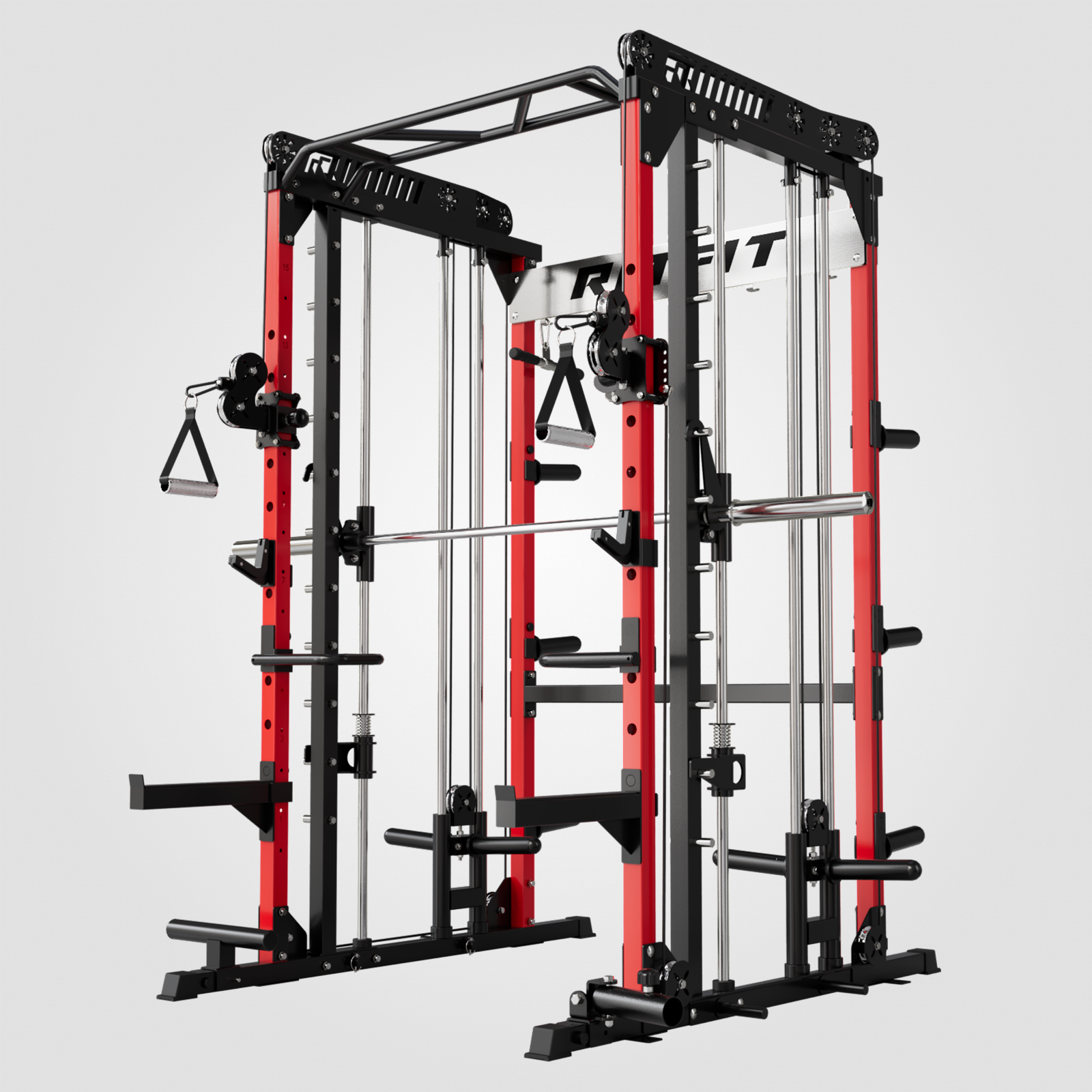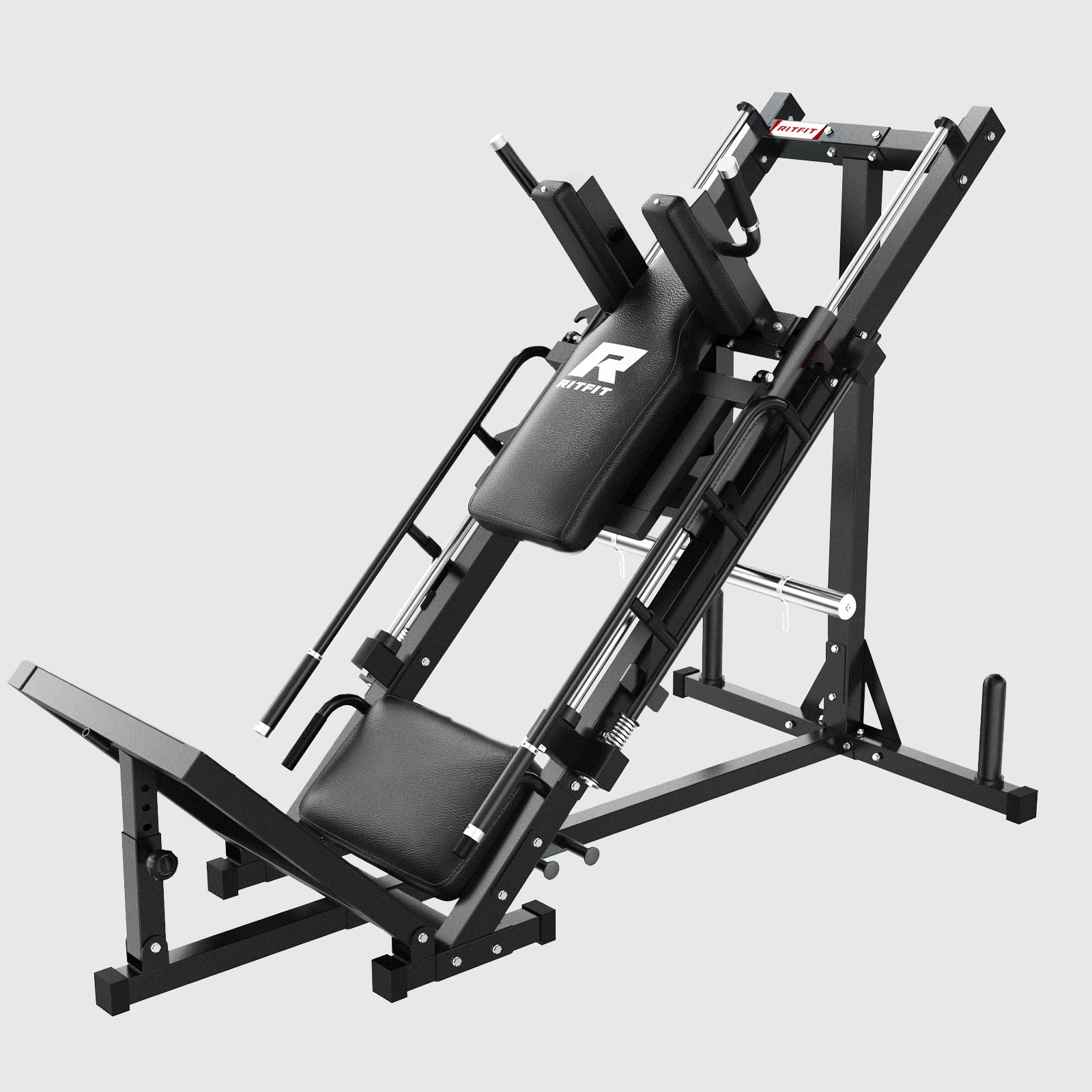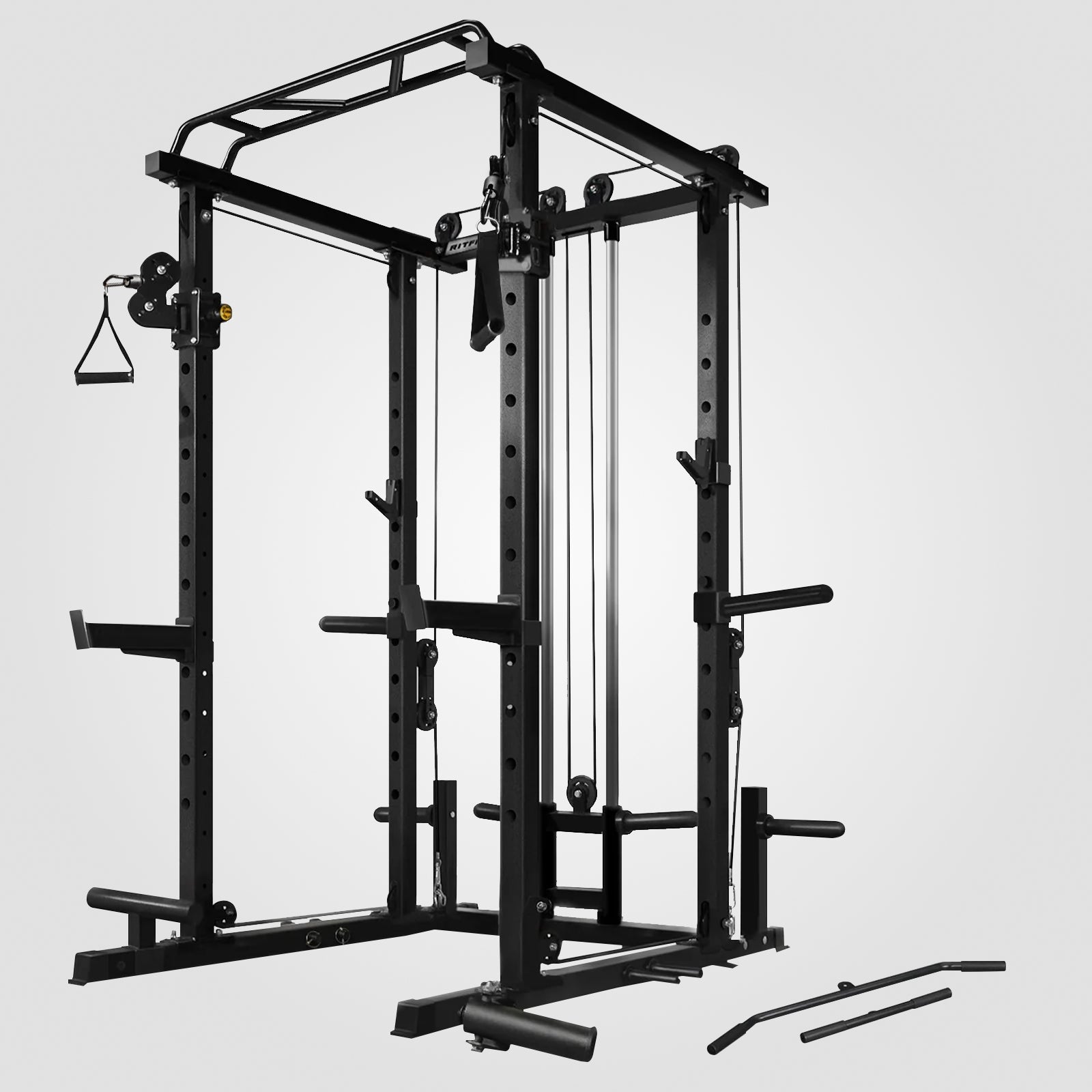There are a lot of popular “fad diets” out there.
The carnivore diet…the low-carb diet…the water fast diet…intermittent fasting…the list goes on.
It can be difficult to keep up with all of these diets and even more difficult determining which of these are actually effective for weight management and for contributing to an overall healthy lifestyle. Proponents of each diet or method will oftentimes staunchly advocate for their preferred approach.
Although there are certainly merits for each of these diets, we know that you’ll never make progress if you’re endlessly trying to select the “best” one. Changing your diet plan every week is a huge barrier to success. In times like these, we feel like it is best to simplify things and get back to basics.
And by basic, we really mean “basic”.
Today we’re going to be talking about the basic building blocks of all food, better known as macronutrients (or just “macros” for short). More specifically, we’ll discuss one of the most common approaches to consuming macros to ensure that your body is ingesting the proper balance of the three macros (protein, carbohydrates, fat).
The 40 30 30 macros plan.

source: https://feastgood.com/40-30-30-meal-plan/
Following a diet plan that focuses on tracking macronutrients may not seems as “sexy” as many other options, but the incredible results from countless adherents should be enough for you to consider giving it a try.
What are Macros?
Macros are the basic building blocks off all of the foods we eat and beverages we consume. There are three macronutrients, each one consisting of one portion of the 40 30 30 macros plan.
-
Protein: mainly known for its muscle growth and maintenance properties, protein is vital for helping your body repair tissue and for bullet-proofing your immune system. One of the “30s” in the 40 30 30 macros plan represents protein.
- Each gram of protein contains four calories.
-
Fat: despite its negative connotations, fat is incredibly important for regulating your body’s hormonal functions and for storing long-term energy reserves. Another one of the “30s” in the 40 30 30 macros plan represent fat.
- Each gram of fat contains nine calories.
-
Carbohydrates: your body’s main source of short-term energy, carbs also are necessary for facilitating digestive functions and managing insulin production. The “40” in the 40 30 30 macros plan is represented by carbohydrate intake.
- Each gram of carbohydrate contains 4 calories.
As you can imagine, many foods are primarily comprised of certain macros. For example, lean meats are very high in protein content while nuts and many types of fish are high in fat. Many desserts and processed foods are high in “simple” carbohydrates while a number of fruits and beans are high in “complex” carbohydrates.
The fact that different foods have vastly different macronutrient profiles is good news for those considering the 40 30 30 macros plan since this presents a truly diverse array of food options. Unlike many types of restrictive diets, nothing is “off limits” with this plan.
Benefits of the 40 30 30 Macros Plan
Getting 40 percent of your calories from carbohydrates and 30 percent from fats and protein, respectively, ensures that the body’s macronutrient intake is effectively balanced. Major bodily functions are supported with a sufficient number of macros and, psychologically, it is much more difficult to get “bored” with so many food options to choose from.
More specifically, with a 40-percent carbohydrate split, your energy level should be more than sufficient to complete your daily tasks in addition to supporting your preferred fitness regimen. A 30-percent fat split, especially if it is relatively low in saturated fats, will help you regulate your appetite while promoting general feels of wellness. A 30-percent protein split will support your muscle-building ventures and will leave you feeling satiated throughout the day.
The 40 30 30 Macros Plan Breakdown
One of the most important aspects of the 40 30 30 macro plan is setting your baseline daily calorie intake. This amount will largely be determined by your current weight in conjunction with your weight goals and priorities (ex. If you want to gain or lose weight). Once you have determined this number, you simply multiply this number by .4 to calculate your daily carbohydrate intake and by .3 to determine your daily fat and protein intakes.
For example, if you want to ingest 2000 calories per day, approximately 800 of these calories should come from carbohydrates, 600 from fat, and 600 from protein.
Nutrition labels make it easy to determine the exact number of each macronutrient in the foods we eat and you will quickly get into the habit of referencing these once you start the 40 30 30 macros plan. You also should invest in a small, inexpensive food scale in order to determine the exact portion of each meal you consume. However, when you are first starting, it isn’t necessary to be completely precise; making estimations is a good way for those new to the plan to get accustomed to tracking their macros.
Summary
As you may have inferred throughout our discussion of the 40 30 30 macros plan, “flexibility” is the operative word. As long as you are close to hitting your daily calorie target for each macronutrient, you are pretty much free to eat the foods you like to reach these numbers.
However, this flexibility extends even further.
After a few months of closely following the 40 30 30 macros plan, you might decide that you could benefit from adding more protein to your diet. In order to determine the effectiveness of this change, you could adjust the plan’s ratio to 35 (carbohydrates) 35 (protein) 30 (fat). If, after one month, you find that you are making more progress with this ratio, you could, by all means, permanently stick to it.
Ultimately, being open to listening to what your body is telling you and being flexible enough to make adjustments are cornerstones to the 40 30 30 macros plan. If you’re ready to take charge of your diet and not simply obey the, at times, outrageous precepts of the many fad diet plans, grab yourself a food scale and a calculator (or even a popular food tracking application) and give it a try!












